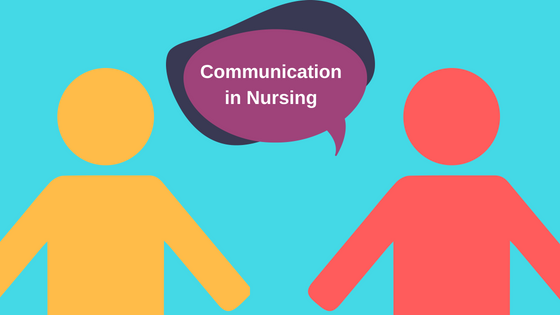Nursing is a profession built on care, compassion, and advocacy. We are the eyes and ears for our patients, the vital link between them, their families, and the medical team. But what happens when the very nature of our personality, a tendency towards shyness or introversion feels like a hurdle in effectively communicating and advocating?
If you identify as a shy or introverted Nurse, know this, your inherent qualities are not weaknesses. In fact, your thoughtful nature, your ability to listen deeply, and your observant eye are significant strengths in the Nursing profession. However, finding your voice and confidently expressing your insights is crucial for both your patients and your professional growth.
You are not alone in this journey. Many Nurses have navigated the challenges of bringing their perspectives to the forefront. As Sarah, a seasoned Pediatric Nurse, shares, "Early in my career, I would often have important observations about a child's subtle changes, but I hesitated to speak up, worried I might be wrong or disrupt the team. It took time and conscious effort to realize that my quiet observations were often critical pieces of the puzzle."
So, how can shy and introverted Nurses cultivate their voice and confidently contribute their expertise? Here are some practical tips and examples:
1. Preparation is Your Power:
Introverts often thrive with preparation. Before team meetings, rounds, or even patient interactions, take a few moments to gather your thoughts and anticipate potential questions or concerns. Jotting down key points you want to address can provide a roadmap and boost your confidence when it's time to speak.
Example: Before morning rounds, review your patient's chart thoroughly. Note any changes in vital signs, lab results, or patient complaints. Formulate concise summaries and potential questions you might have for the Physician. Having this information readily available will make it easier to contribute meaningfully to the discussion.2. Start Small and Build Momentum:
You don't need to become the most vocal person overnight. Begin by sharing your thoughts in smaller, more comfortable settings, like one-on-one conversations with colleagues or during informal debriefs. As you gain confidence in these situations, gradually expand to larger group settings.
Example: Instead of remaining silent during a team huddle, try offering one concise observation about your patient's progress or a potential need you've identified. The positive affirmation you receive will encourage you to speak up more often.3. Focus on the "Why":
Remember that your voice is not about personal validation; it's about advocating for your patients and contributing to the best possible care. When you frame your communication around patient well-being, it can feel less daunting to share your insights.
Example: Instead of thinking, "I'm nervous to question this medication order," reframe it as, "I have a question about this medication order because I noticed [specific observation about the patient] and want to ensure their safety." This patient-centered approach can empower you to speak with greater conviction.4. Practice Active Listening and Strategic Pauses:
Your strength as an introvert lies in your ability to listen attentively. Use this to your advantage. By truly hearing what others are saying, you can formulate thoughtful and relevant responses. Don't feel pressured to fill every silence. A well-timed pause can allow you to gather your thoughts and deliver your message with clarity and impact.
5. Seek Mentorship and Support:
Connect with Nurses who you admire for their communication skills. Observe how they articulate their thoughts and ask for guidance. A supportive mentor/work friend can provide valuable feedback and encouragement as you develop your voice.
6. Embrace Your Strengths:
Recognize that your introverted nature brings unique strengths to the Nursing profession. Your ability to observe subtle cues, your thoughtful approach to problem-solving, and your capacity for deep empathy are invaluable. Leverage these strengths as you find your voice.
Example: Your quiet observation of a patient's subtle change in demeanor, which a more extroverted Nurse might overlook, could be a crucial indicator of a developing complication. Trust your instincts and communicate what you observe.As Mark, a dedicated ICU Nurse, reflects, "For years, I felt like my quiet nature was a disadvantage. But I learned that my ability to truly listen to my patients and process information carefully allowed me to see things others might miss. Finding my voice wasn't about becoming someone I wasn't; it was about learning to confidently share the valuable insights I gained through my own unique way of being."
Finding your voice as a shy or introverted Nurse is a journey of self-awareness, practice, and self-compassion. Embrace your inherent strengths, utilize these strategies, and remember that your perspective is valuable and essential to providing excellent patient care. Your quiet strength can become your powerful voice.


 Communication in Nursing is essential to patient safety, health and well-being. As Nurses assume more complex roles and care for older and more culturally diverse populations, strong communication skills are critical.
Communication in Nursing is essential to patient safety, health and well-being. As Nurses assume more complex roles and care for older and more culturally diverse populations, strong communication skills are critical.